Buy/Drive/Burn: Affordable Subcompact Crossovers in 2021, Round Three

After we covered American and Japanese trios of $25,000 subcompact crossovers, round three means it’s time for the Korean offerings. But there are only two Korean brands in North America, so today we cover both of their entries and another from Japan.
Hyundai Kona
The Kona was a new offering from Hyundai in 2018 and took its place as the smallest crossover underneath the compact Tucson. In North America, the Kona is equipped with either a 1.6-liter turbocharged or 2.0-liter inline-four, depending on trim. There are six trims for 2021, which range from around $20,000 to $28,000. Today’s SEL AWD trim asks $23,700 and offers the 2.0-liter engine. 147 horses are managed by a traditional six-speed automatic.
Kia Seltos
The Seltos is new for 2021 in North America, though it has been in production since 2019 for other markets. It shares a platform with the Kona, but uses its own body and interior: Seltos is the more blocky and upright of the two. It’s also priced differently, with only four trims from $22,000 to $28,000. For $25,390, our selection today is the EX trim for which all-wheel drive is standard. The same 2.0-liter as in the Kona appears here, but the transmission is Kia’s IVT automatic. No shifting gears for Seltos.
Subaru Crosstrek
The Crosstrek debuted for model year 2013 as the XV Crosstrek, Subaru’s Impreza-based crossover that straddled the line between subcompact and compact. It received a second-generation for 2018 with a host of new refinements and additional features. Across four trims, Crosstrek ranges in price from $22,245 to $28,000, and all-wheel drive is standard across all models. Engines include 2.0- and 2.5-liter boxer fours. In Premium CVT trim, Crosstrek comes with the 2.0-liter (152hp) and asks $24,645.
Two Koreans, one Japanese, and three different approaches to a crossover. Which one’s a Buy for you?
[Images: Hyundai, Kia, Subaru]

Interested in lots of cars and their various historical contexts. Started writing articles for TTAC in late 2016, when my first posts were QOTDs. From there I started a few new series like Rare Rides, Buy/Drive/Burn, Abandoned History, and most recently Rare Rides Icons. Operating from a home base in Cincinnati, Ohio, a relative auto journalist dead zone. Many of my articles are prompted by something I'll see on social media that sparks my interest and causes me to research. Finding articles and information from the early days of the internet and beyond that covers the little details lost to time: trim packages, color and wheel choices, interior fabrics. Beyond those, I'm fascinated by automotive industry experiments, both failures and successes. Lately I've taken an interest in AI, and generating "what if" type images for car models long dead. Reincarnating a modern Toyota Paseo, Lincoln Mark IX, or Isuzu Trooper through a text prompt is fun. Fun to post them on Twitter too, and watch people overreact. To that end, the social media I use most is Twitter, @CoreyLewis86. I also contribute pieces for Forbes Wheels and Forbes Home.
More by Corey Lewis
Latest Car Reviews
Read moreLatest Product Reviews
Read moreRecent Comments
- Buickman I was called crazy after predicting the sale of GMAC.#canthurtme
- 3-On-The-Tree Another observation during my time as a firefighter EMT was that seatbelts and helmets do save lives and reduce injury. And its always the other person getting hurt.
- 3-On-The-Tree Jeff, Matt Posky, When my bike came out in 1999 it was the fastest production motorcycle in the world, 150 HP 197 top speed, 9.57 quarter mile Hayabusa peregrine falcon etc. This led to controversy and calls for high-speed motorcycles to be banned in order to avoid increasingly fast bikes from driving on public roads. This led to a mutual decision nicknamed the “ gentleman’s agreement” to limit bikes to 186mph, ending the production bike speed contest for all bikes 2000 and upward. Honestly once your over a buck 20 it’s all a blur. Most super cars can do over or close to 200mpg, I know at least on paper my 09 C6 corvette LS3 tops out at 190mph.
- 3-On-The-Tree In my life before the military I was a firefighter EMT and for the majority of the car accidents that we responded to ALCOHOL and drugs was the main factor. All the suggested limitations from everyone above don’t matter if there is a drunken/high fool behind the wheel. Again personal responsibility.
- Wjtinfwb NONE. Vehicle tech is not the issue. What is the issue is we give a drivers license to any moron who can fog a mirror. Then don't even enforce that requirement or the requirement to have auto insurance is you have a car. The only tech I could get behind is to override the lighting controls so that headlights and taillights automatically come on at dusk and in sync with wipers. I see way too many cars after dark without headlights, likely due to the automatic control being overridden and turned to "Off". The current trend of digital or electro-luminescent dashboards exacerbates this as the dash is illuminated, fooling a driver into thinking the headlights are on.






















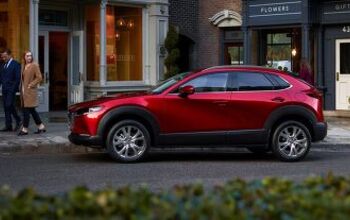
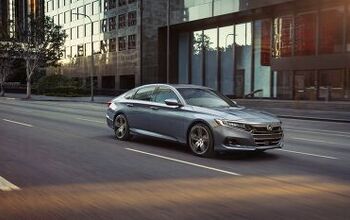
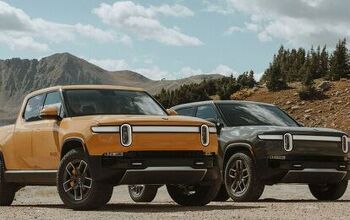

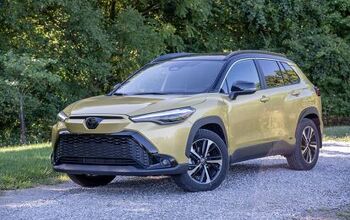
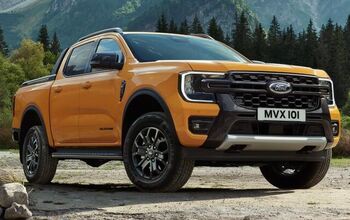
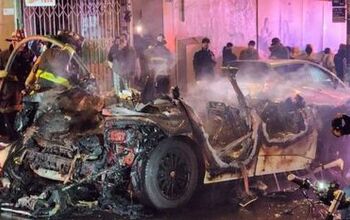
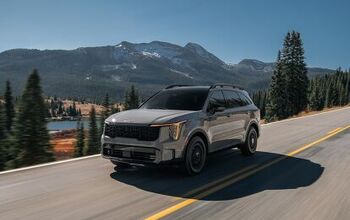
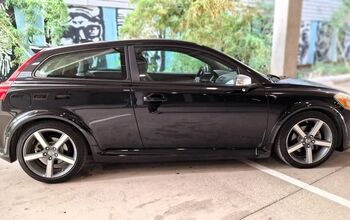
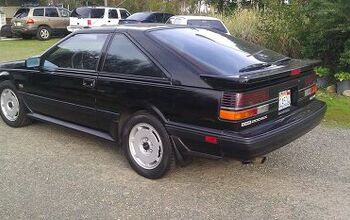
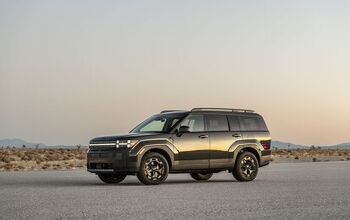
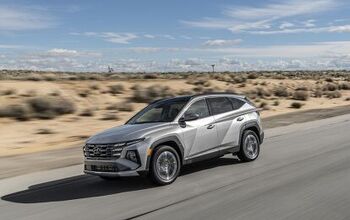
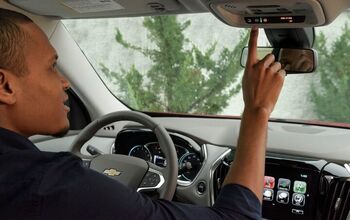
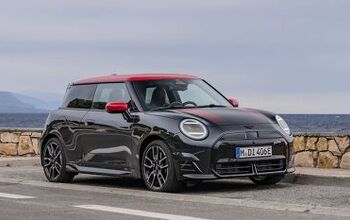
Comments
Join the conversation
I own a second gen Soul - right car at the right price at the right time. It's not bad. Not stellar, and the engineering underneath isn't as sophisticated as it feels for the first 20 yards. However, it's nippy, compact, relatively spacious, relatively quiet, rides and handles surprisingly well unless you push it (when the roads are bad or you push it the short wheelbase, torsion bar suspension and lack of sophistication in the shocks tuning becomes apparent). The third gen Soul has more ground clearance (useful with my steep driveway), better fuel economy etc. If I were buying FWD my money would probably be there, again, over any of the nine on this list with FWD. If you "compromise" with FWD over AWD, then why put up with all the compromises made for these 9 to make them AWD?
I wanted stick shift and decent handling. Needed good ground clearance and could use AWD/4WD. Drove a used Mazda3 and was very sorely tempted to pull the trigger, but ground clearance was merely OK, and the salesman said the previous owner traded on a Jeep, even though it had studded snow tires on it. Having previously had two stick-shift Subarus (one that went 223k miles before being traded for beer to a Lemons Rally team and another that had a bum fuel tank coincide with the need to move an infant, a toddler, and a great-grandmother simultaneously and led to minivan ownership), I test drove a 2021 manual Crosstrek (heated seats, cruise control, and a fancy screen that has a radio and Apple CarPlay) and found I could be onramp to 85 in less than 10 seconds, which was better than the "OMG IT'S SO SLOW!!!" warnings I had been given. The Crosstrek is a bit cozy and not quite as comfortable compared to the 97 Volvo I've driven the past six years (I inherited the Volvo after I wore out the previous Subaru) It handled better than expected, so I ended up coming home with it. After 1300 miles in three weeks fully intend to run this one more than 200k. Only issues, the TPMS is flaky (can I just pull the damn bulb in the instrument cluster?) and I really need a set of winter tires (keeping with Subaru tradition of AWD and crummy tires).